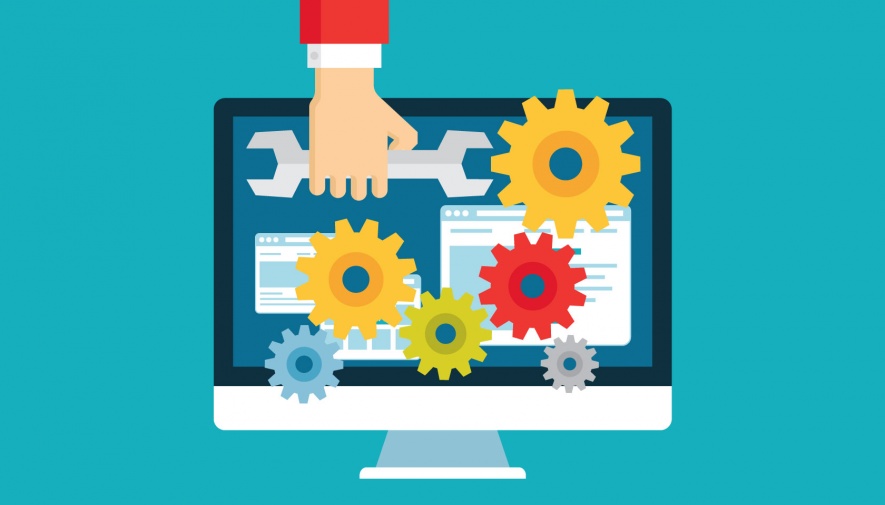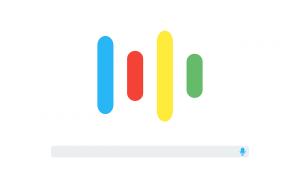Author: Guy Shetrit
SEO is all about improving organic traffic to generate more sales. We often spend more time increasing the number and quality of backlinks (a major component of OFF page SEO) . Also forget to improve the technical aspects of the website.
This article will shed light on some extremely useful technical SEO hacks. That can gain more qualified inbound traffic and improve the crawlability of a website. Let’s start!
1. Optimize the Google Crawl Budget
Googlebots regularly crawls the existing and new pages on your site in the same manner as a regular human searcher might. This helps Google to understand the performance of the website. As a slow loading time or a 404 page might degrade the user experience.
What is a Google Crawl Budget?
The number of pages that Google visits on your site during a single connection is referred to as the crawl budget. This crawl budget is different for different sites. An increased crawl budget means Google is interested in knowing more about your site. In turn can improve your search ranking positions (remember, rankings have over 200+ factors and crawl budget is just one of those).
Here is how Google defines crawl rate:
“Crawl rate limit Googlebot is designed to be a good citizen of the web. Crawling is its main priority. While making sure it doesn’t degrade the experience of users visiting the site. We call this the “crawl rate limit” which limits the maximum fetching rate for a given site. Simply put, this represents the number of simultaneous parallel connections Googlebot may use to crawl the site, as well as the time it has to wait between the fetches. The crawl rate can go up and down based on a couple of factors: Crawl health: if the site responds really quickly for a while, the limit goes up, meaning more connections can be used to crawl. If the site slows down or responds with server errors, the limit goes down and Googlebot crawls less.”
We can say that crawl limit is an excellent way to estimate the performance of a website. Search results as a better crawl budget leads to more organic traffic because it increases the importance of a website in the eyes of Google. In the words of Google ”An increased crawl rate will not necessarily lead to better positions in Search results.” The use of the word necessarily means that crawl rate indeed has an impact on the search performance. and can be considered as a ranking factor.
Here are some of the ways through which you can optimize the Google crawl budget:
- Increase the speed of the site as making a site faster improves the user experience and also increases the crawl rate. Efficient crawling automatically leads to better indexing and improved rankings.
- Regularly monitor the crawl error report and keep the number of server errors to as low as possible.
- Ensure you have proper AMP pages on your site so that it takes less time for Google to crawl such pages to improve the mobile performance of the website.
- Reduce the excessive page load time for dynamic page requests. Dynamic pages take too much time to load resulting in time-out issues.
- Make use of virtual private servers to improve the server response time.
- Optimize images and reduce unnecessary JS and CSS.
- Ensure to take the mobile-friendly test and fix any mobile crawlability or design issues that your site might be having.




